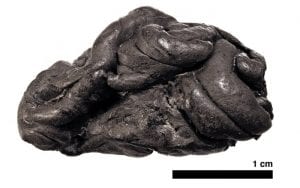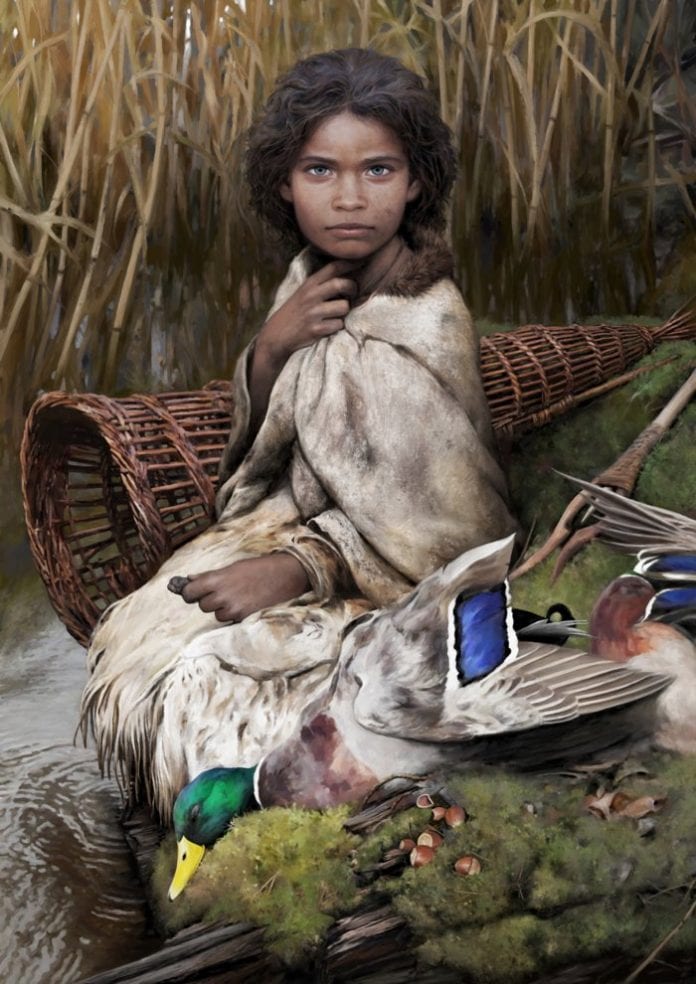Ancient Chewing Gum DNA
What runs through your mind when you discard a chewing gum after using it?
Did you ever imagine that the chewing gum you are discarding today may become a scientific treasure thousands of years from now? Well, that’s precisely what happened with Lola!
She lived on the Baltic sea island about 5700 years ago. Researchers from the University of Copenhagen have reconstructed the genome of an ancient human- whom they named Lola because the chewing gum was found in Lolland, Denmark. It’s interesting to note that no known physical remains of the woman in question exist. All we have to go on is just a small lump of birch pitch – an ancient tar-like substance distilled from heated tree bark.
Birch pitch, the Juicy Fruit of our ancestors going back to the Paleolithic period, is often found to have been chewed. The chewing is thought to have been for several different purposes, including to warm the pitch up, making it sof
t and malleable for glue use, and also as a medicine, or even for recreational purposes, much like modern-day chewing gum.The Ancient Chewing Gum DNA, which was assembled by researchers based at the University of Copenhagen, belonged to Lola- a female who likely had dark skin, dark brown hair, & blue eyes.
Leaving a sticky mess behind was the farthest thing from Lola’s mind. She was doing something socially useful in her day. Even better, she performed a helpful service, albeit unknowingly, for future generations.

In addition to Lola’s genetic story, the international team of researchers was also able to identify the DNA of plants and animals she had likely recently consumed with the help of Ancient Chewing Gum DNA. Additionally, the group of international researchers was able to find Lola’s oral microbiome. Her oral microbiome differs from our oral microbiome because of different lifestyles and environments.
Hannes Schroeder, lead researcher and evolutionary genomicist at the University of Copenhagen, said- “It is amazing to have gotten a complete ancient human genome from anything other than bone.”
Schroeder and the team of researchers also found DNA that could be assigned to the Epstein-Barr Virus. The virus is known to cause infectious mononucleosis or glandular fever.
Analysis of ancient chewing gum DNA revealed traces of plant and animal DNA. Researchers specifically found hazelnuts & duck from the ancient chewing gum DNA, which may have been part of Lola’s diet.
Additionally, the ancient chewing gum DNA- the birch pitch, also revealed information regarding Neolithic humans who were exploiting wild resources, a time when farming and domesticated animals were first introduced into southern Scandinavia.
How Could A birch pitch preserve Lola’s DNA for thousands of years?
Schroeder attributes this to the aseptic and hydrophobic properties of the pitch, which both inhibit microbial as well as chemical decay. The genomic information preserved in chewed pieces of birch pitch offers a snapshot of people’s lives, providing relevant information on phenotype, genetic ancestry, phenotype, health status, and even subsistence.






























